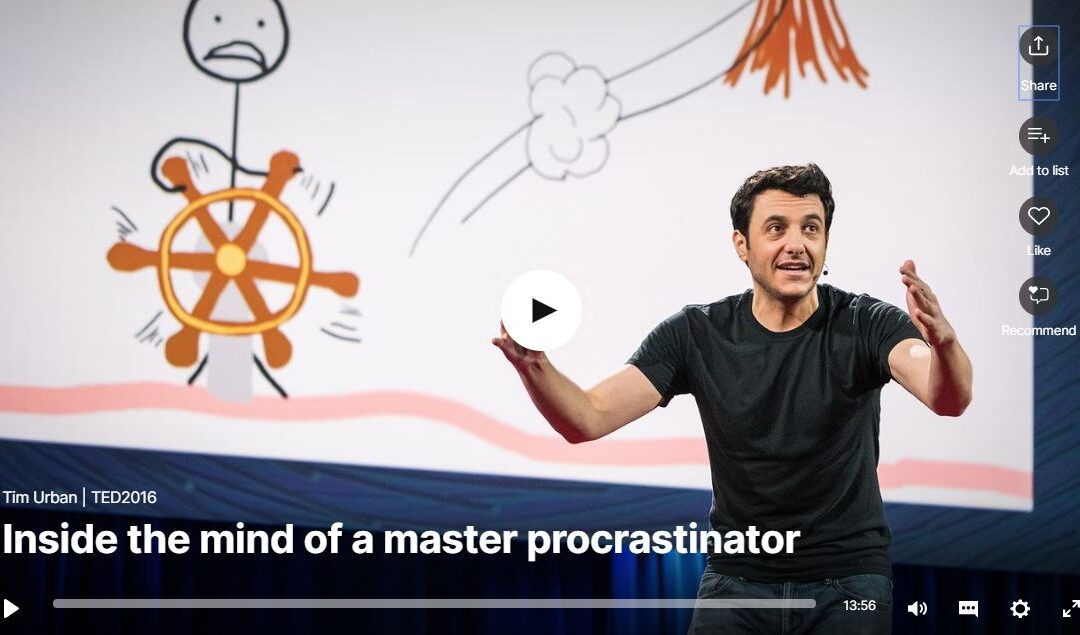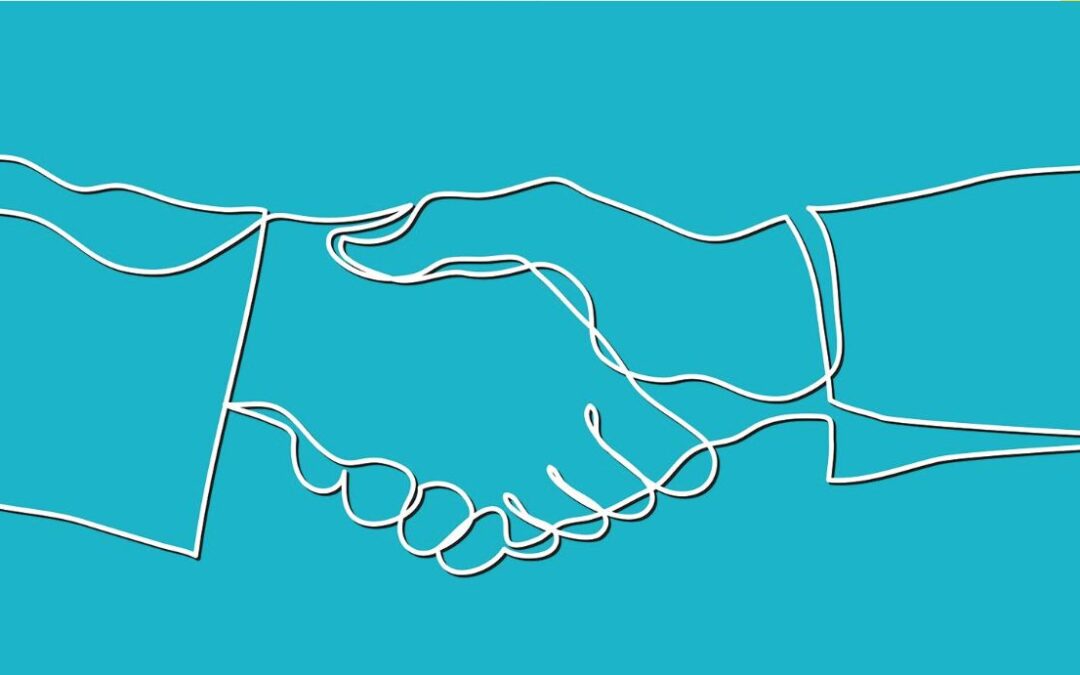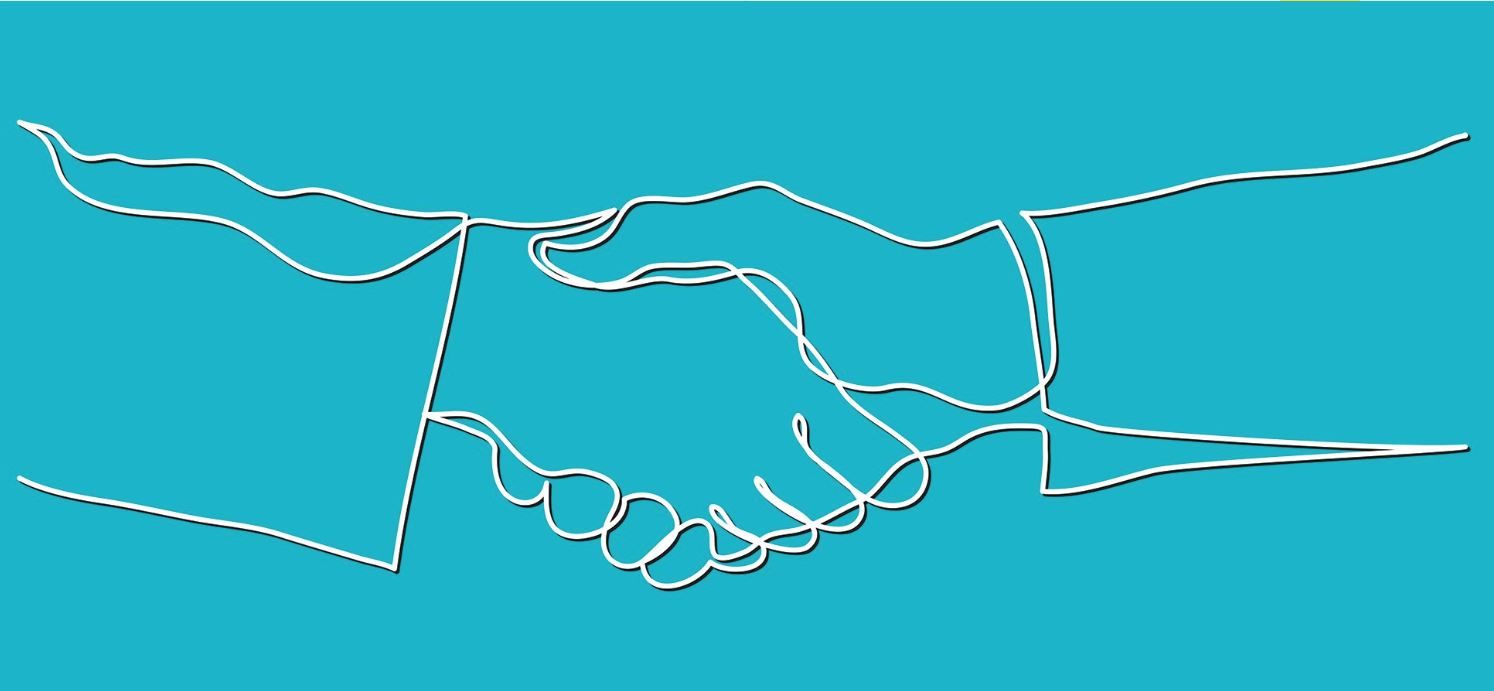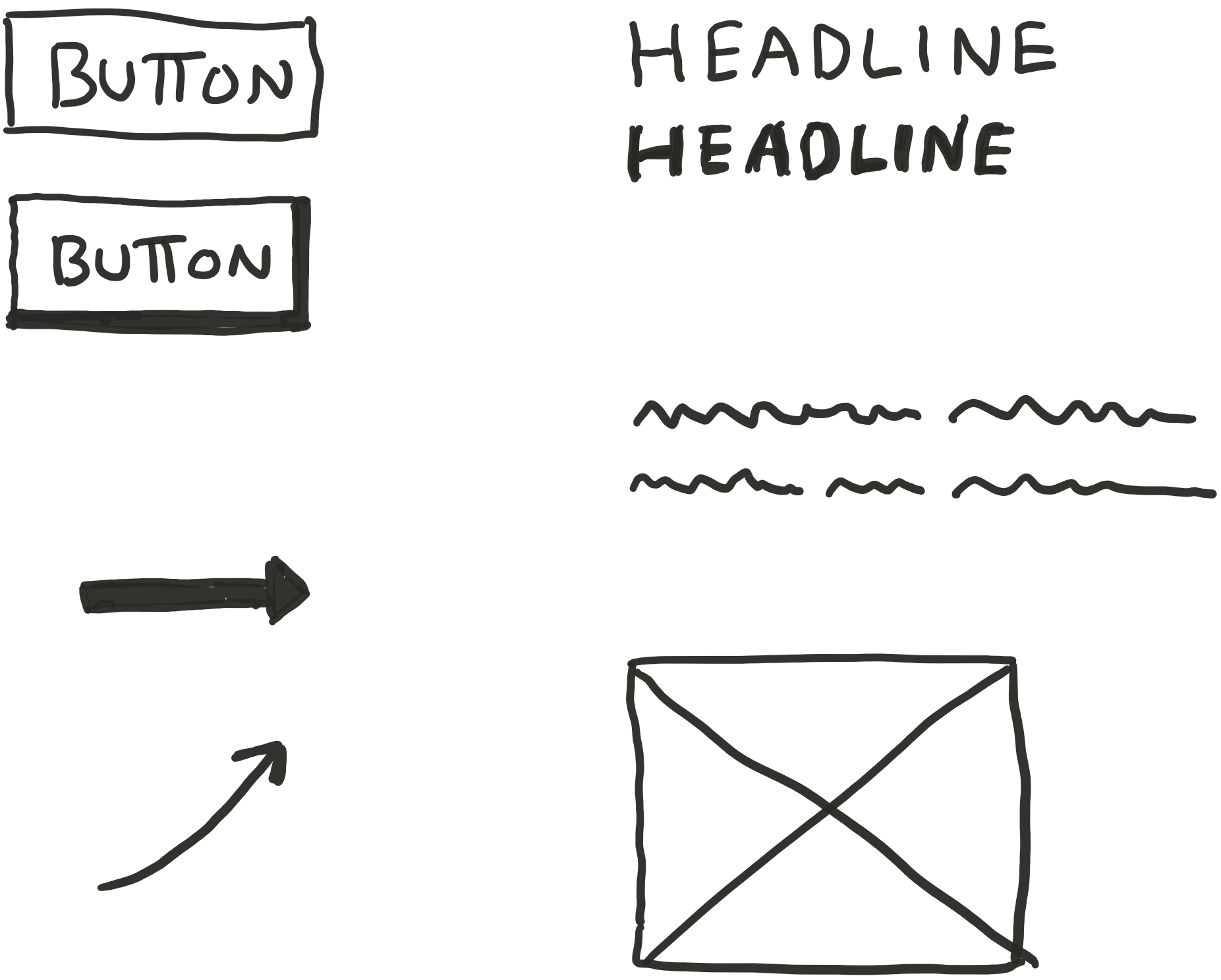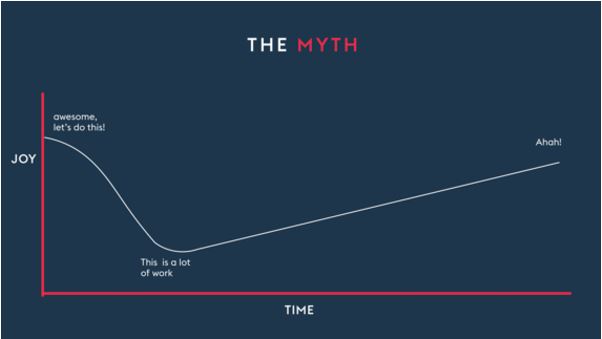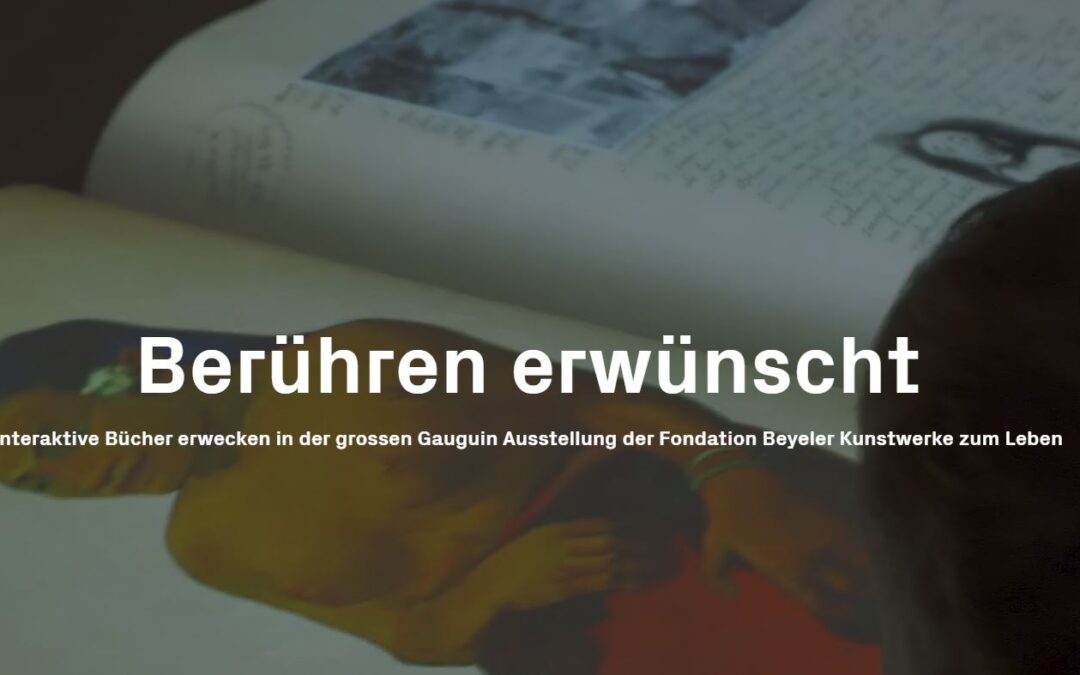
A Swiss studio whose agile team makes big visual ideas a reality

A Swiss studio whose agile team makes big visual ideas a reality
During the Zurich WorldWebForum last month, I had the great pleasure to hear Valentin Spiess, Chairman and CEO of Swiss-based iArt share his view of leadership in today’s workplace.
His facinating 50-person studio team creates “astonishing”projects that bring technology and people together – such as this multimedia room from the Foundation Beyeler Paul Gauguin exhibit . Super example of how a visual, interactive experience can enhance our immersion in a topic.
Even more memorable for me, Valentin emphasized, as part of the Future of Work track, the culture required for a high performance, multidisciplinary team that delivers big projects. He had measured theirs, highlighted the differentiators: High rules of collaboration, method. High individual autonomy. Transparence. Humility.
I found the entire perspective and vision inspiring.

